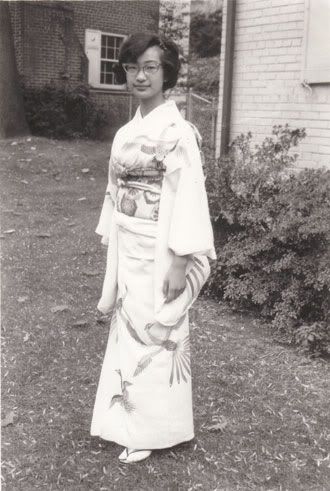Widebrim
I'll Lock Up
- Messages
- 6,557
Cigarband said:Don't overlook the influence that central heating and air conditioning have had on clothing choices.
Very good point! (And let's include the lowering of car rooftops in the mid '50s and how it contributed to men not wearing their hats anymore while driving.) I believe that controlling the environment has had a huge influence on clothing choices: A person became able to, feasibly, exit a warm (or cool) house, enter a soon-to-be warm (or cool) auto, and then enter a warm (or cool) building. Things being so, one could theoritically dress the same the whole year through, and the need for a suit, hat, gloves, etc. would especially be minimalized. So I guess we are paving the way for the universal pajama look...







